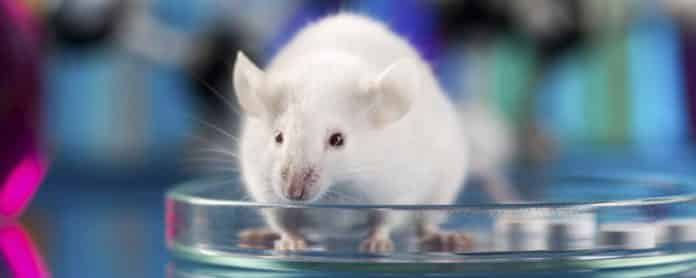CRISPR + Gene Delivery System Engenders Versatile Tumor Model
A current high priority in cancer research is to functionally validate candidate genetic alterations that are relevant for cancer progression and treatment response. In order to do so, it is essential to develop flexible models that can speed up the identification of cancer driver genes among the large number of passenger alterations.
The growing level of sophistication of the genome engineering technologies has made it possible to manipulate nearly any candidate gene in vivo. The CRISPR–Cas system has revolutionized research by facilitating accurate manipulation of the genome.
The RCAS-TVA-based approach uses replication-competent avian leukosis virus splice-acceptor (RCAS) vectors to target individual cells engineered to express the cell surface receptor TVA. The RCAS-TVA system has been successfully used in transgenic mice to deliver genes or shRNAs into a plethora of cell types: neural stem cells (NSCs), astrocytes, hepatocytes and pancreatic acinar cells, among many others.
Now, researchers from the Seve Ballesteros Foundation-CNIO Brain Tumour Group at the Spanish National Cancer Research Centre (CNIO) have developed an extremely powerful and versatile mouse model using both these powerful techniques.
Using the editing tool, CRISPR and the gene delivery system RCAS/TVA, they have given rise
to a mouse model that brings the possibility of mimicking the genetic complexity of cancer.In particular, they focussed on a gene fusion encoding a family of kinases called NTRK and a common mutation of the BRAF gene, both identified not only in glioma but also in other tumour types.
“What we have shown using this new model is that we now have the ability to generate specific complex genetic alterations and to study how they contribute to glioma pathogenesis“, explains Massimo Squatrito, who led the study.
The team used these models to study different therapeutic approaches currently used in the clinic and to analyse the mechanisms of resistance that could lead to tumour recurrence. Based on their findings, they suggest possible alternative treatments that might be used to overcome the acquired resistance to TRK and BRAF inhibitors.
“We can efficiently recreate a variety of genetic alterations, including gene translocations and point mutations, and we can move fast from the mouse model to the translational studies“, explains Squatrito. “Here we have shown that this approach is feasible and we believe that such a flexible model will greatly accelerate the pre-clinical testing of novel targeted therapies“, he concludes.






























